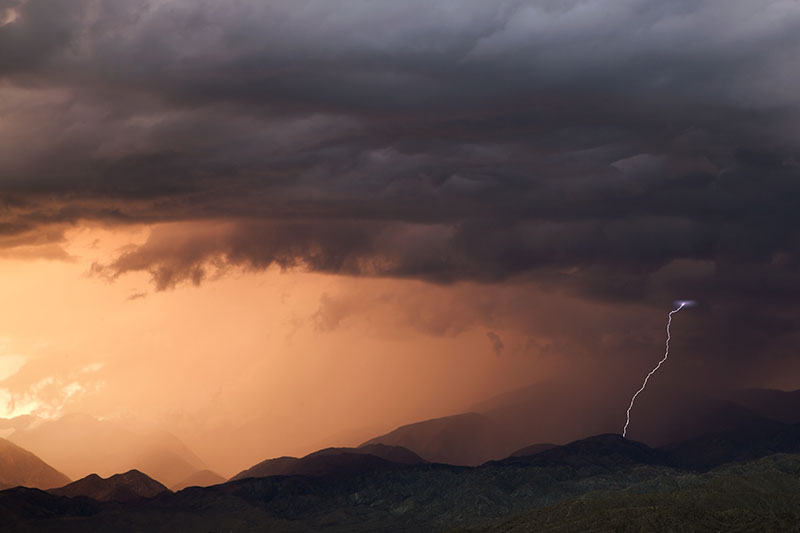California Lightning Siege Fires Burn 1.25M Acres

CALIFORNIA—August 28, 2020—Last week, thousands of dry lightning strikes ignited hundreds of wildfires in Northern California in what is being called the lightning siege of 2020. Collectively, more than 650 fires have burned 1.25 million acres—an area larger than Rhode Island—since August 15, an unprecedented amount of destruction in that period of time, according to The Washington Post. In a typical year, about 300,000 acres burn over the course of the entire California fire season.
The lightning siege fires have killed at least seven people and destroyed more than 1,400 buildings, according to CNN. More than 100,000 people have been forced to evacuate their homes. With gusty winds from the dry thunderstorms, many of the smaller fires ignited by lightning quickly grew and combined to form large-scale blazes that firefighters have been battling in 24-hour shifts. The SCU Lightning Complex Fire, burning at 363,000 acres east of San Jose, and the LNU Lightning Complex Fire, burning at 352,900 acres in the northern Bay Area, are among the three largest fires in recorded history, according to CNN.
The Washington Post reports that in a four-day period beginning August 15, California saw 20,203 cloud-to-ground lightning strikes. This cluster of dry thunderstorms ignited land ripe for wildfires thanks to the extremely hot and dry conditions that have come to be expected in California in August. Multiple heat records have been broken this month, including Death Valley, Calif. which saw a temperature of 130 degrees Fahrenheit on August 16. Persistent heat waves and drought conditions are among the climate change factors that have been making California’s wildfire season longer and more dangerous, with more and larger fires becoming more common, according to The Washington Post.
Further exacerbating this year’s very active fire season is COVID-19, which has been spreading across the Bay Area and adds another layer of complication to disaster relief efforts. First responders and evacuees often end up in close contact, and NBC News reports breathing in smoke-filled air can both worsen COVID-19 symptoms and cause coughing and heavy respiratory secretions that increase the risk of transmission. Emergency shelters can accommodate fewer people, and additional protocols for health screenings and sanitation mean that more volunteers are needed.












